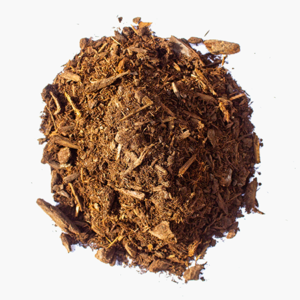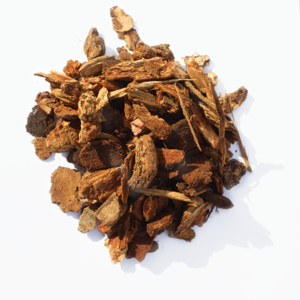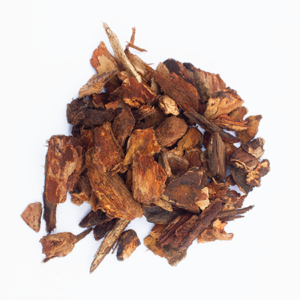What is Landscape Bark and How Is It Used

What Is Landscape Bark
Landscape bark, also known as mulch or wood chips, is a material used in landscaping and gardening to cover the soil surface in order to achieve various practical and aesthetic goals. It is typically made from shredded or chipped wood, often sourced from trees, and it comes in different sizes, colors, and compositions. Some common uses and benefits of landscape bark include:
- Weed suppression: Landscape bark serves as a natural weed barrier, preventing weeds from growing by blocking sunlight and impeding their growth.
- Moisture retention: It helps the soil retain moisture by reducing evaporation, which can be particularly useful in dry or hot climates.
- Temperature regulation: It insulates the soil, helping to maintain more stable soil temperatures, which can be advantageous for plant roots.
- Erosion control: Bark mulch can help prevent soil erosion, especially on sloped or hilly landscapes.
- Soil enrichment: Over time, as the mulch decomposes, it can contribute organic matter to the soil, enhancing its fertility and structure.
- Aesthetic appeal: Landscape bark comes in various colors, such as brown, red, black, or natural wood tones, providing an attractive and finished look to garden beds, pathways, and other landscaped areas.
- Pathways and walkways: Bark mulch can be used to create paths and walkways, providing a softer surface than gravel or paving materials.
- Plant protection: It can protect the base of trees, shrubs, and other plants from lawnmower damage and soil compaction.
It’s important to choose the right type of landscape bark for your specific needs and preferences, considering factors such as the type of plants you’re growing, the local climate, and your aesthetic preferences. Additionally, you may need to replenish the mulch layer periodically, as it can break down and decompose over time.

How Is Landscape Bark Used
Landscape bark is used in various ways in landscaping and gardening to achieve both practical and aesthetic goals. Here’s how landscape bark is typically used:
- Mulching Garden Beds:
- Spread a layer of landscape bark evenly over the soil in flower beds, vegetable gardens, or around trees and shrubs. This layer is usually 2-4 inches deep.
- Ensure that the mulch is not piled up against the plant stems or trunks, leaving a small gap to prevent moisture and pest issues.
- Weed Control:
- Landscape bark acts as a natural weed barrier by blocking sunlight and inhibiting weed growth. Apply it after weeding the area to minimize future weed growth.
- Moisture Retention:
- Landscape bark helps the soil retain moisture by reducing evaporation, particularly beneficial in dry or hot climates.
- Water the soil thoroughly before applying mulch to maximize moisture retention.
- Temperature Regulation:
- The mulch insulates the soil, maintaining more stable soil temperatures and protecting plant roots from extreme heat or cold.
- Erosion Control:
- Use landscape bark on sloped or hilly areas to prevent soil erosion and promote soil stability.
- Soil Enrichment:
- Over time, as the mulch decomposes, it adds organic matter to the soil, enhancing its fertility and structure.
- Aesthetic Enhancement:
- Landscape bark comes in various colors, so choose a shade that complements your landscaping design.
- It provides an attractive and finished look to garden beds, pathways, and other landscaped areas.
- Pathways and Walkways:
- Create paths and walkways by spreading landscape bark to provide a softer and more natural surface than gravel or paving materials.
- Plant Protection:
- Apply mulch around the base of trees, shrubs, and other plants to protect them from lawnmower damage and soil compaction.
When using landscape bark, it’s important to follow these guidelines:
- Use an appropriate depth of mulch, typically 2-4 inches, but this can vary based on local climate and plant needs.
- Avoid piling mulch against plant stems or trunks, as it can lead to moisture and pest problems.
- Periodically check and replenish the mulch layer as it decomposes over time.
- Keep the mulch layer away from the crowns of perennial plants, as it can cause rot and other issues.
- Properly prepare the soil and remove weeds before applying mulch for the best results.
By using landscape bark in these ways, you can improve the health of your garden, reduce maintenance, and enhance the visual appeal of your landscaping.




